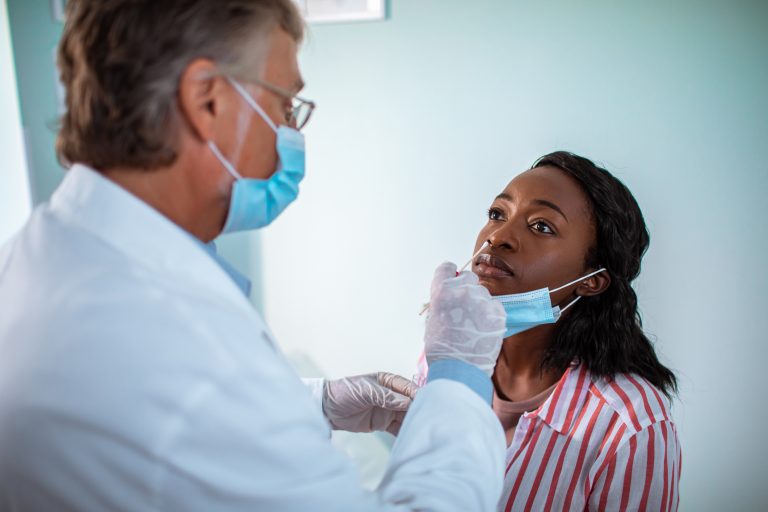
Most healthcare workers with access to a good standard of personal protective equipment are at no higher risk of infection with SARS-CoV-2 than people in the community, suggest results from a Chicago study.
However, the researchers found that nurses did have a higher risk of infection at work. They also discovered that caring for certain patients, such as those needing high-flow oxygen therapy and hemodialysis was associated with higher infection risks for staff.
Over the last year, there has been much discussion about how high the risks of work-related SARS-CoV-2 infection are for healthcare workers. Until November this year there have been almost 800 deaths from COVID-19 in this group in the US, and around 11% of all cases in the country are thought to be healthcare workers.
To investigate these risks further, a study was initiated in Chicago based Northwestern Medicine hospitals and clinics to evaluate infection rates among staff. This area had high initial rates of infection from the virus earlier this year, but the hospitals had planned in advance and did not run out of protective equipment or bed space for patients.
The initial results, as described in the journal Open Forum Infectious Diseases, were collected between the end of May and the end of June this year, but the study is ongoing.
Overall, 6510 healthcare workers participated in the study. This group includes: 1,794 nurses, 904 non-patient facing administrators, 1,260 physicians, and 2,552 staff in other groups such as support service workers and medical assistants, among others.
All those participating were tested for SARS-CoV-2 infection and 4.8% were found to be seropositive across the whole group. As might be expected, administrative workers had the lowest rates at 3.3% when the group was split by profession.
Nurses, support service workers and healthcare assistants all had higher average rates than administrators ranging from 7.6–10.4%. After correcting for other factors such as community levels of infection in the city and surrounding area, nurses were the only group that had significantly higher risks of infection with a rate almost twofold that of administrators.
Caring for patients undergoing certain treatments also increased risks for staff infection. Specifically, staff caring for patients undergoing high-flow oxygen therapy and hemodialysis had 45% and 57% increased risks of infection, respectively, compared with those who were not caring for these patients. Notably, some other high-risk procedures such as intubation and surgery were not associated with increased infection risk in staff.
“This suggests that personal protective equipment is highly effective in acute exposures to SARS-CoV-2, but some longer exposures may still expose health care workers to increased risks for infection,” said co-lead author of the study John Wilkins, M.D., an associate professor at Northwestern University Feinberg School of Medicine and a Northwestern Medicine physician.
The study team plan to continue researching infection risks among healthcare staff and also want to assess ways to make nurses and those working with patients undergoing high-flow oxygen therapy and hemodialysis safer.













